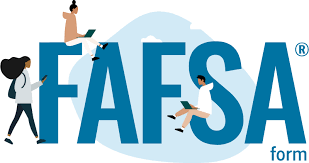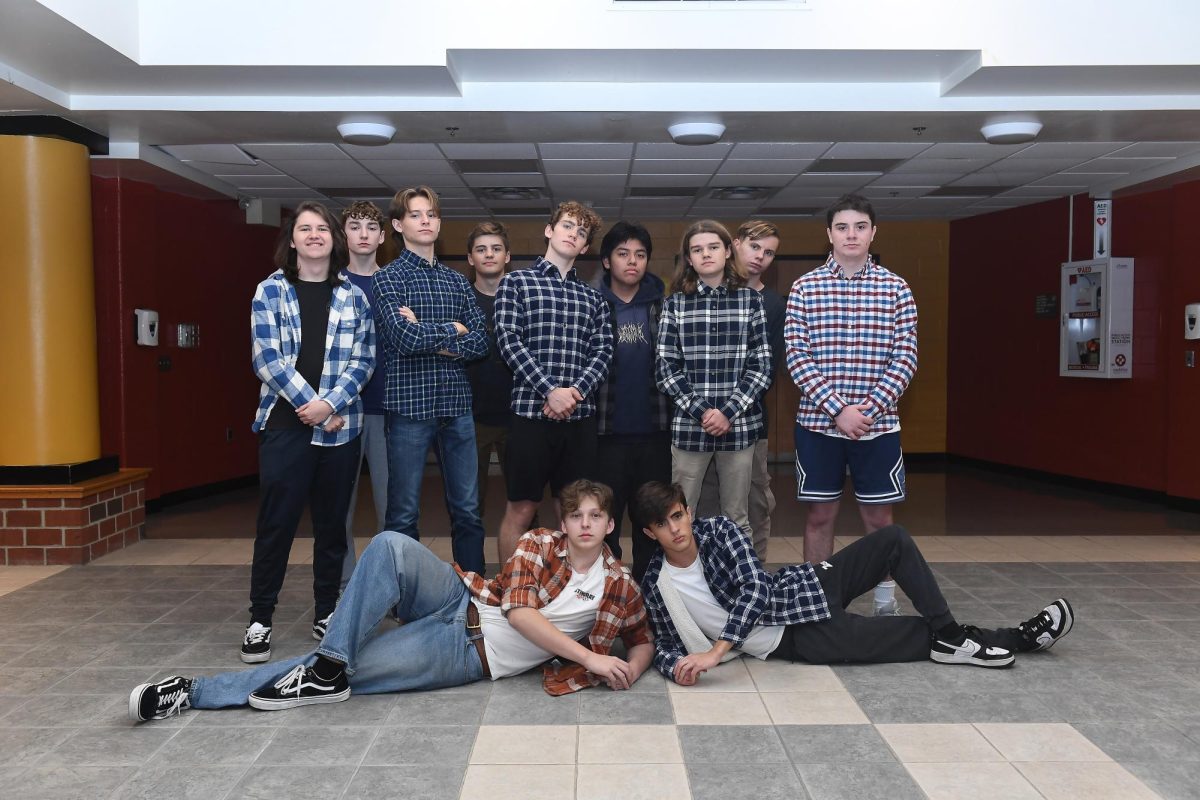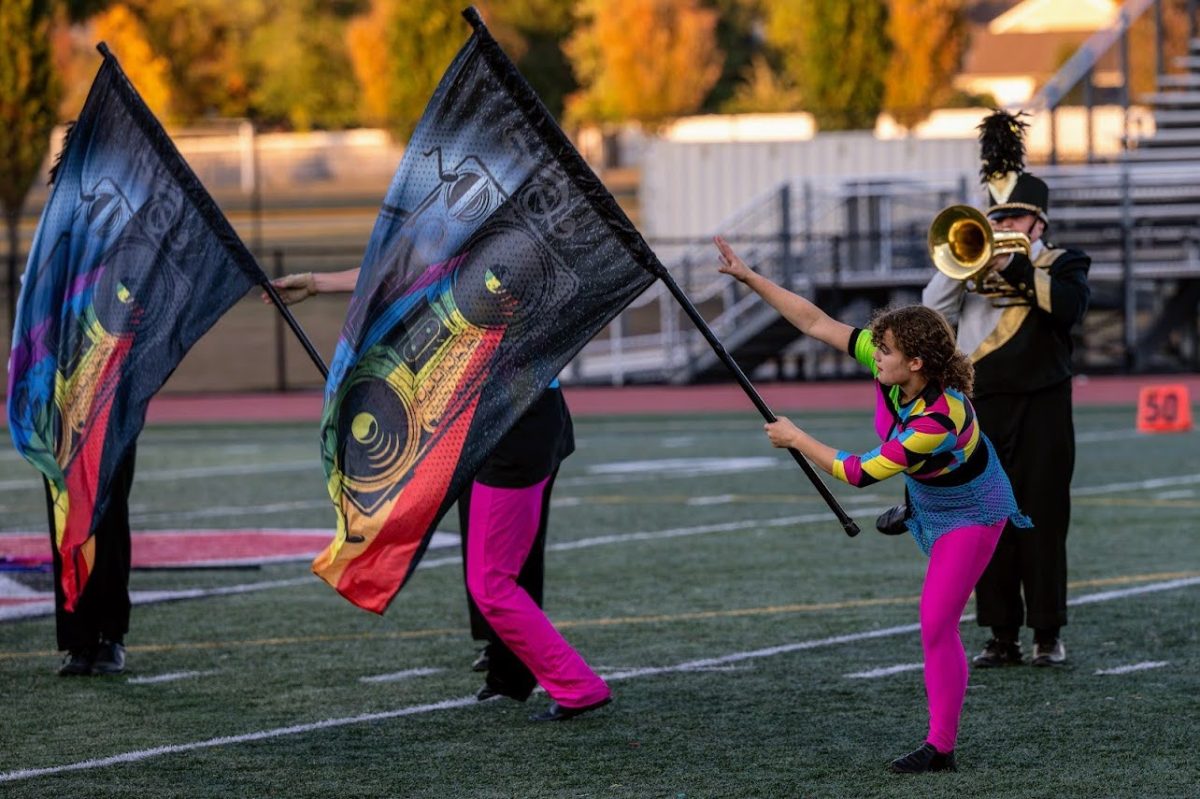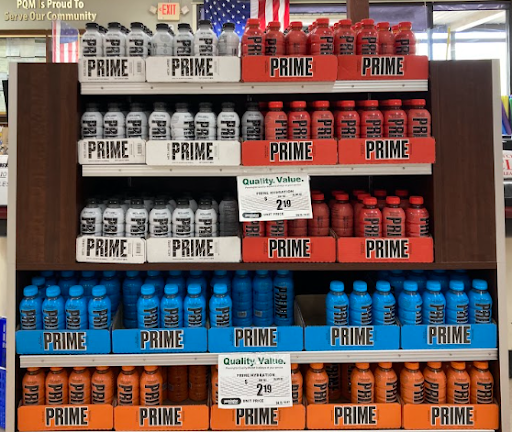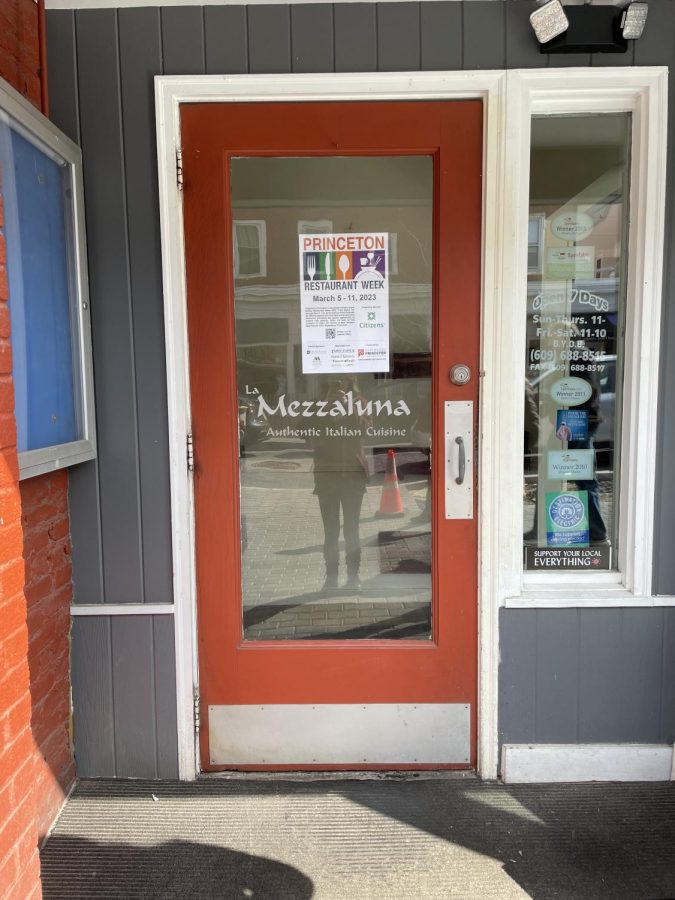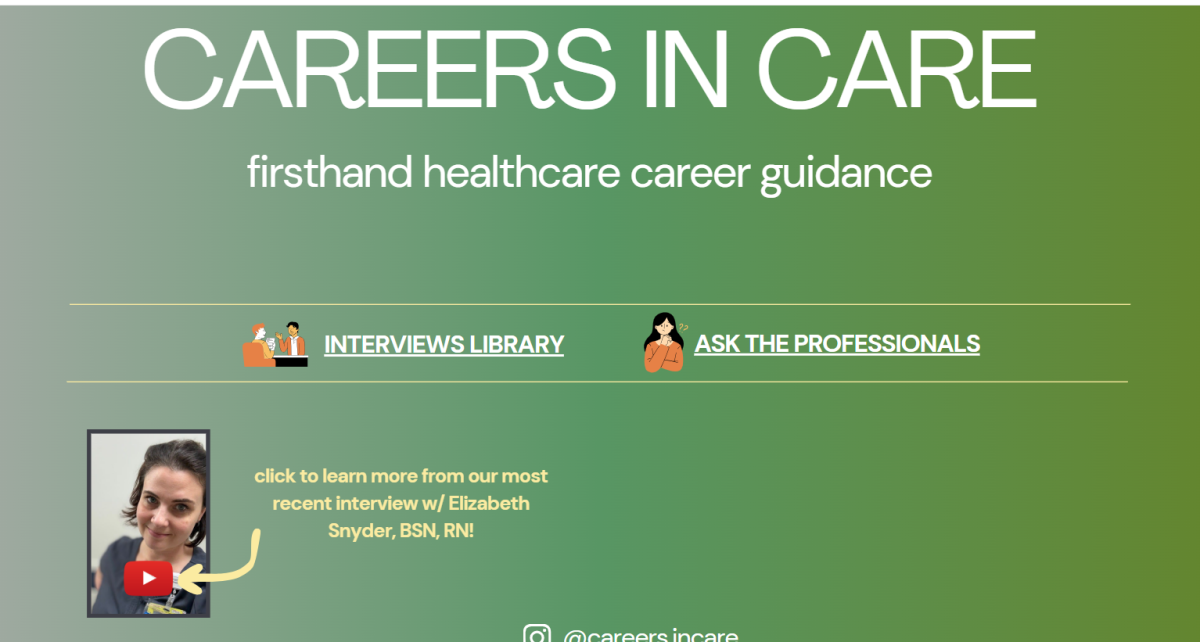Hopewell Valley Central High School’s Class of 2026 has officially begun their senior year, formally introducing the students to the college application process. Students are required to fill out the Free Application for Federal Student Aid (FAFSA) form to apply for financial aid for college or career school. FAFSA can offer valuable support to many students and families during the college process, which makes it difficult to ask the right questions: who isn’t benefitting from this program, and where does this method fall short of its promises?
FAFSA is a form that students fill out to help them apply for federal financial aid to help fund higher education. This includes grants, loans, and work-study programs. FAFSA is used by the U.S. Department of Education to determine a student’s eligibility for federal financial aid. It’s also used by many colleges and universities to determine eligibility for their private financial aid programs.
During the 2024-2025 college application season, the rollout of the FAFSA website was riddled with glitches, errors, and technical issues. The Century Foundation’s Peter Granville provided a report that states that these application issues discouraged nearly 300,000 high school seniors from applying for federal financial aid. Most of these discouraged students came from low-income, black, and Latino communities. Granville’s report also brings awareness to the fact that specifically communities with a high share of residents living in poverty, non-college adults, or Black or Latino residents, show yearly declines in FAFSA completions that are 20% greater than those in communities with more students of these minority groups.
While the submission of FAFSA forms are required by many schools when applying to colleges and universities, as well as generally required in thirteen US states, there are many situations where students don’t have the resources to fill out such forms. These students are not only at a disadvantage due to lack of federal aid resources, but the lack of access to these forms can bring ramifications to the person in need if forms are not completed adequately.
Even when supplied with the FAFSA forms as a student in need, there is inadequate guidance for first-generation college students throughout the entire application process, including FAFSA.
“I didn’t know what to put down for some of the circumstances,” one Hopewell Valley student stated, “they expect something so specific when not everything is that black and white.”
There are many things that are not adequately taken into account when regarding someone eligible for financial aid. Financial nuances, such as medical expenses, tuition for siblings, family debt, disaster, and other circumstances are not taken into account within federal financial aid provided with FAFSA. As well as this, FAFSA penalizes students from middle-income families whose parents earn too much to qualify but don’t provide actual financial support. This leaves the student with minimum aid to pay for their college expenses despite possible outstanding circumstances.
FAFSA also relies on misleading promises. The student financial aid index is unrealistic and the promise of “aid” is disingenuous. Colleges expect students to pay more than they can afford for schooling, and the Student Aid Index primarily relies on a family’s income to determine how much financial aid a student is eligible to receive. Soon-to-be financially unsupported students classified by the system as dependents of middle-income families are less likely to receive the aid that is necessary to benefit their future. 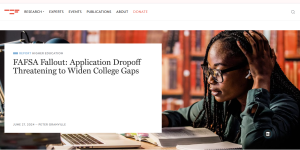
As well as this, federal financial aid is often misunderstood to be more financial support (such as grants) than only the federal government providing loans. Oftentimes students are misled to believe that there is more support available through federal financial aid than what is available to false advertisements spread by the federal government itself.
Overall, FAFSA provides federal loans that are easier to pay off than private loans, in terms of repayment options and interests, making them a good asset for upcoming college students. Federal loan interest rates are significantly lower than those of private loans and stay consistent over time, and students are given until sixth months after college graduation to begin paying for college. FAFSA is also a free application, which benefits students across the country. Federal aid is very beneficial for students, and a system that is important despite its room for improvements.
